BBC The Blue Planet Disc 3: Seasonal Seas (2002)
 Index
Index 
BBC The Blue Planet Disc 3: Seasonal Seas (2002) |
 Index Index 
|
An eight-tonne basking shark filters 1,000 tonnes of seawater through its gills every hour to sieve out plankton, and large numbers are attracted to plankton blooms. On the seafloor, seaweed stretches towards the sunlight, and off the coast of California, underwater forests of giant kelp grow up to 100 metres high. Massive schools of fish shelter here and sea otters snooze at the surface winding strands of kelp around themselves as anchors.
By July, the seasonal seas are warming up fast. On the coast of Nova Scotia large female lobsters are marching 150km from cold, deep waters where they spent the winter, to warm shallows where they can incubate their eggs. In August, pacific salmon return to the coast of Alaska and are hunted down by huge salmon sharks.
By early autumn, Pacific white-sided dolphin are turning up in British Columbia in great numbers. Rather than fish for herring they like to play - engaging in a dolphin's version of tag, as they pass a strand of seaweed from flipper to flipper.
As fast as winter approaches in the north, spring is coming back at the opposite end of the world. Strange handfish walk across the bottom of the sea using their fins like hands. There is also a beautiful courtship ballet performed by Australian squid that change colour as they dance. A male leafy seadragon is a devoted parent, carrying dozens of eggs on his belly and relying on his perfect leafy camouflage to hide them from other hungry fish.
|
| 2:50 | Gray Seal pup in winter (Sable Island, Nova Scotia) | 4:50 | Phytoplankton: Volvox, Diatoms (Scotland) | 5:55 | Jellyfish medusae budding from polyps |
| 6:55 | Copepod leaves feeding trails | 8:00 | Sea Nettle (up to 30 kg) and Moon Jelly (Common Jellyfish) feed on Copepods | 11:25 | Basking Shark filters plankton |
| 12:10 | Anemones, Sea Squirts, Gorgonians on the sea floor | 13:25 | Bull Kelp (British Columbia) | 14:10 | Giant Kelp (California) |
| 15:10 | Blacksmith Fish feed on plankton in Kelp forest | 15:45 | Californian Sea Otter feeds on shellfish and are guardians of the kelp forest | 17:20 | Garibaldi Fish feed on Bryozoans |
| 18:00 | Bryozoans open at night to feed | 18:25 | Amphipod mother produce silk to form nest in kelp | 19:45 | Harbor Seal males establish dominance in Eelgrass |
| 21:50 | Bat Ray digs in sand to feed | 22:45 | Kelp Bass stealing scraps | 23:15 | Fan-tailed Sole hunts Manta Shrimp |
| 23:55 | Sea Slug Navanax? stalks Janulus by following trail of slime | 25:20 | Atlantic Lobsters migrate 150 km to spawning ground, fight for nest site (Nova Scotia) | 28:40 | Baby Crab feeds on Sea Lettuce , sensors in feet of adult |
| 29:55 | Common Octopus preys on crab | 30:50 | Pacific Salmon feed on Mysid Shrimp (Alaska) | 31:50 | Salmon Shark preys on Pacific Salmon by sensing electrical signals |
| 32:40 | Vancouver Island: Atlantic Herring? bait ball decimated by Gulls, Auklets, Murres, and Yellow-tailed Rockfish | 35:40 | Pacific White-sided Dolphin playing "pass the seaweed" (British Columbia) | 36:45 | Dogfish embryo develops from spring to autumn |
| 38:00 | Hooded Sea Slug swims and feeds on plankton (British Columbia) | 40:00 | Handfish walking among Kelp (Tasmania) | 41:10 | Australian Squid ? mating by passing sperm packet |
| 42:40 | Australian Squid ? baby swimming | 43:10 | Leafy Sea Dragon male carrying eggs | 44:20 | Killer Whale hunt North Atlantic Herring (5 billion individuals) by echolocation and stun the fish with their tails (Norway) |
 2:50 Gray Seal pup |
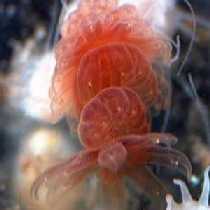 5:55 Jellyfish |
 6:55 Copepod |
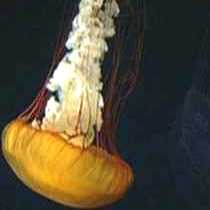 8:00 Sea Nettle |
 8:00 Moon Jelly |
 11:25 Basking Shark |
 13:25 Bull Kelp |
 14:10 Giant Kelp |
 15:10 Blacksmith Fish |
 15:45 Californian Sea Otter |
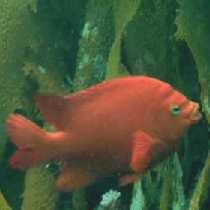 17:20 Garibaldi Fish |
 18:00 Bryozoans |
 18:25 Amphipod |
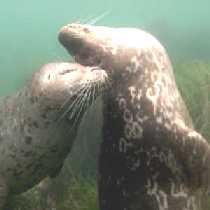 19:45 Harbor Seal males |
 19:45 Eelgrass |
 21:50 Bat Ray |
 22:45 Kelp Bass |
 23:15 Fan-tailed Sole |
 23:15 Manta Shrimp |
 23:55 Navanax? |
 23:55 Janulus |
 25:20 Atlantic Lobsters |
 28:40 Crab |
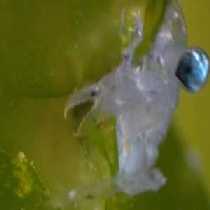 28:40 Sea Lettuce |
 29:55 Common Octopus |
 30:50 Pacific Salmon |
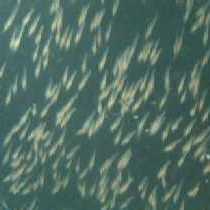 30:50 Mysid Shrimp |
 31:50 Salmon Shark |
 32:40 Atlantic Herring? |
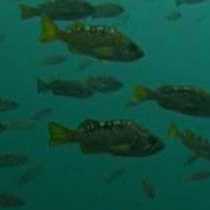 32:40 Yellow-tailed Rockfish |
 35:40 Pacific White-sided Dolphin |
 36:45 Dogfish |
 38:00 Hooded Sea Slug |
 40:00 Handfish |
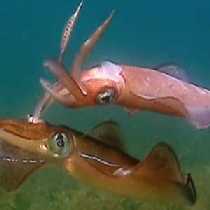 41:10 Squid ? |
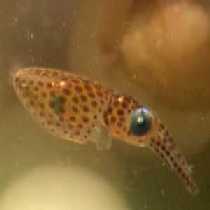 42:40 Squid ? |
 43:10 Leafy Sea Dragon male |
 44:20 Killer Whale |
 44:20 Atlantic Herring |
| Index | Dec 24, 2005 |  Peter Chen Peter Chen |